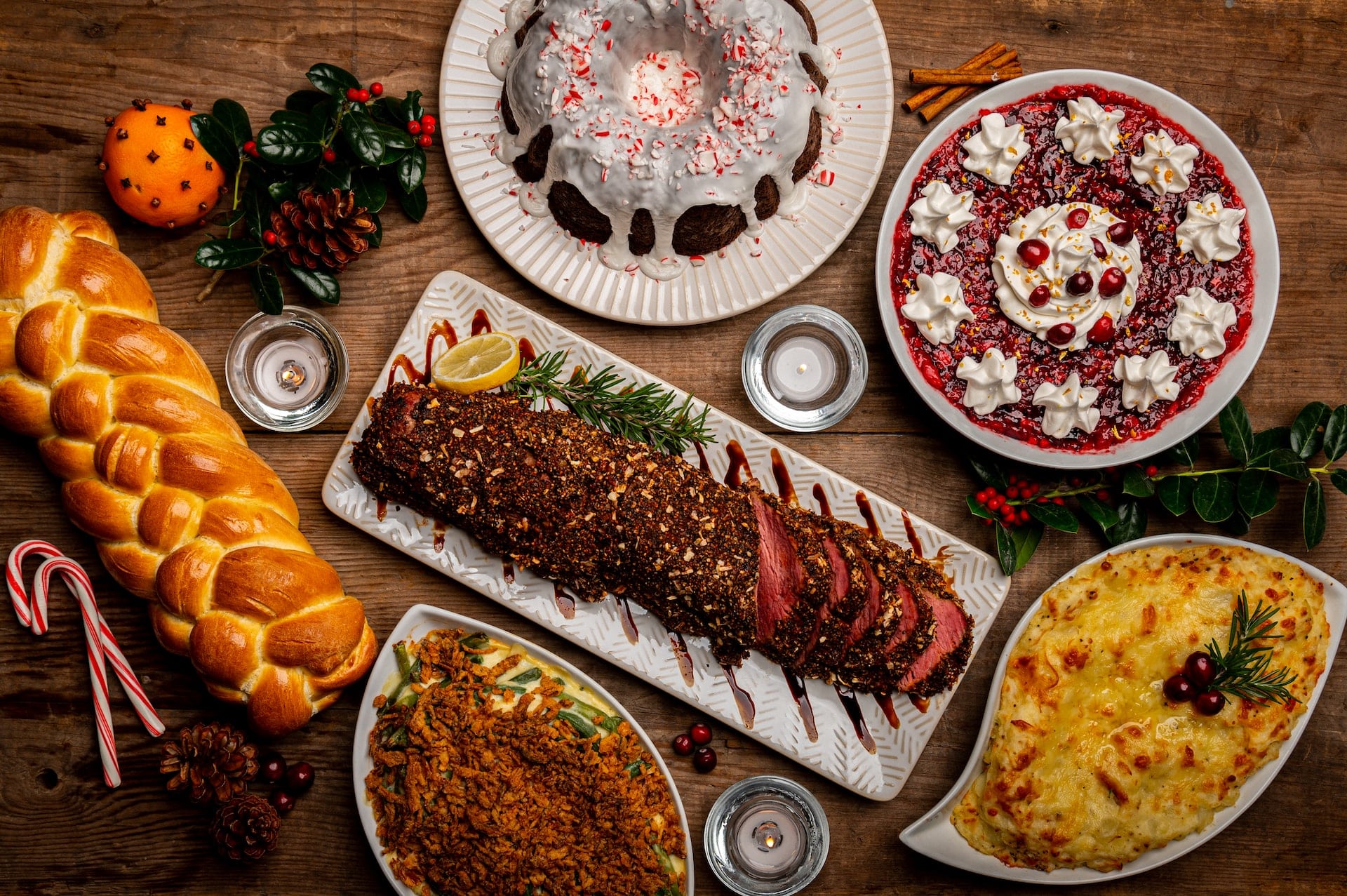One of the most common things we do when we have guests over is to lay out a big spread - appetizers, drinks, and of course the main course and dessert. But what if you have a guest with dietary restrictions? There are many ways to still serve something that's delicious and satisfying for everyone. Read this article to find out more!

1. Make a list of all the restrictions beforehand.
This may seem like an obvious step, but it's important to be as specific as possible when making your list. That way, you can be sure to have all the ingredients you need to cater to individual requirements.
You can do this by asking people directly or looking for clues in their social media profiles. Once you know what they can't eat, take a look at your menu and see if there are any dishes that can be easily modified to accommodate their needs. If not, don't worry - there are plenty of other options.
2. What to do if your guest is vegan or vegetarian?
If you have a vegan or vegetarian guest coming over, there are a few things you can do to make sure they have a comfortable and enjoyable visit. First, take a look at your own diet and see if there are any meat-free or vegan options that you can easily prepare. If not, don't worry - there are plenty of delicious recipes out there that are suitable for both vegans and meat-eaters alike.
Next, take a look at your pantry and fridge and see what ingredients you have on hand that could be used to make a vegan or vegetarian meal. Beans, lentils, quinoa, tofu, and vegetables are all great options. If you're not sure how to cook with these ingredients, there are plenty of resources available online or in cookbooks. For convenience, try ready-made plant-based meals like some of Arlene's 17 frozen meals inspired by cuisines all round the world. They’re fast, easy to prepare, and above all, tasty.
Finally, make sure you have some snacks on hand that your vegan or vegetarian guest can enjoy. Fruits, nuts, seeds, and veggie chips are all good options. And of course, don't forget non-dairy milk such as oat or almond milk for their coffee or tea!
3. What to do if your guest has nut allergies?
There are many potential allergens that can affect guests with dietary restrictions, so it is important to be aware of the most common ones. These include peanuts, tree nuts, soy, milk, eggs, wheat, fish, and shellfish. Baked goods such as cookies and cakes may contain nuts and eggs. Try to scope out your local grocer or bakery for nut-free versions of these holiday treats.
For snacks, you can serve yogurt with fruit toppings, dried fruits or raisins, fruit cups, kale chips, sorbet, vegetable sticks with plain hummus dip, vegetable spring rolls, cheese sticks, capers, mozzarella balls, rice cakes, guacamole, and popcorn.
If you are unsure whether or not a food contains an allergen, it is always best to err on the side of caution and avoid serving it. There are also many foods that may contain traces of allergens, so be sure to check labels carefully if you are unsure. Look out for phrases like these on the packaging:
“May Contain Peanut or Tree Nuts”
“Processed on shared equipment with Peanuts or Tree Nuts”
“Manufactured in a plant with Peanut or Tree Nuts”
“Contains Peanut or Tree Nut Ingredients”
In addition to being aware of common allergens, it is also important to properly store and prepare foods to avoid cross-contamination.
For example, if you are preparing a meal that contains nuts, be sure to use separate utensils and surfaces from those that will be used for other foods. Make sure that all ingredients are clearly labeled so that guests can make informed choices about what they eat.
4. How to deal with lactose-intolerant guests?
Cooking lactose-free is not difficult. For a tasty meal or lunch dish, it takes a while to figure out what products you need. You can easily make your favorite recipes dairy-free by substituting:
For fish and chips, for example, where the cod is battered in beer, lactose-free mayonnaise is recommended. Beef or Chicken Rendang is another option since it contains coconut milk. A Lebanese shakshuka can be served to your guests. It’s a one-pan dish with fried bell peppers, diced tomatoes, spinach, and fried eggs. Serve with fresh bread. For lactose-free dishes, Asian cuisine has a wealth of recipes such as pineapple fried rice, chicken with cauliflower or cashew nuts, stir-fried noodles, sweet and sour chicken, vegetable spring rolls, and more!
5. Be flexible and willing to try new things.
If someone suggests a new recipe or ingredient, don't be afraid to give it a shot! You might be surprised at how much you like it. The best part about having people over is spending time together after all, so don't let food become a source of stress.
Following these tips should help you be better prepared for guests with dietary restrictions. Just remember to relax and enjoy your time together!